After shaving facial hair, there is generally no need to worry excessively. Proper handling can avoid skin irritation or infection. Facial hair has the function of blocking dust and regulating sweat, but after scraping, it usually does not affect the normal function of the skin. Just pay attention to cleaning, moisturizing, and sun protection. Improper operation may lead to folliculitis, skin sensitivity, and other issues, and nursing measures should be taken according to the specific situation.
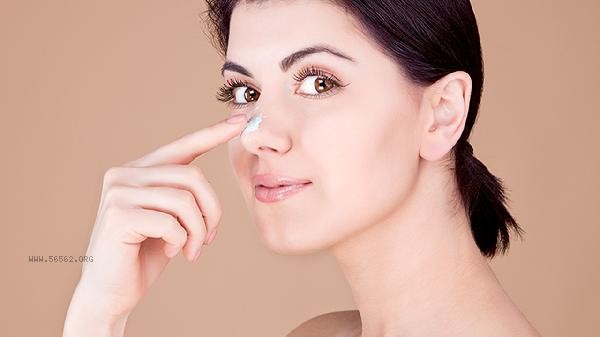
1. Basic care
Clean the face with warm water immediately after shaving, and avoid using irritating products containing alcohol or essence. Choose a soap free weakly acidic facial cleanser and gently massage in circular motions. After rinsing, use a disposable facial cleanser to press and absorb moisture. Apply a moisturizing lotion containing ceramide or panthenol to help repair the skin barrier. It is necessary to apply broad-spectrum sunscreen with SPF30 or above during the day to prevent UV rays from aggravating skin sensitivity.
2. Redness and swelling treatment
If there is slight redness or stinging, apply a thick layer of non spice aloe vera gel after refrigeration for 10 minutes, which has a cooling and calming effect. Avoid touching the shaved area with your hands, as bacteria may cause folliculitis through small incisions. Temporarily stop using functional skincare products containing retinol, fruit acid, etc., and continue basic care for 3-5 days until the skin condition stabilizes.
3. Prevention of folliculitis
Shaving tools should be soaked in 75% alcohol for disinfection before and after use, and single blade razors are recommended for single use. Reverse shaving can easily lead to hair overgrowth, and should be operated in the direction of hair growth. When red papules or pustules appear, topical antibiotics such as fusidic acid cream can be applied locally. Purulent infections require medical treatment. Regular use of salicylic acid cotton pads for gentle wiping can prevent pore blockage.

4. Hair regeneration management
Short and hard stubble may appear 3-7 days after shaving, and repeated shaving should be avoided to aggravate irritation. Regenerated hair does not become thicker or darker, which is a misconception caused by visual errors. Long term hair removal needs can consider professional laser hair removal to destroy hair follicles and reduce regeneration. Temporary growth inhibition can be achieved by trying skincare products containing grape seed extract to slow down hair metabolism.
5. Pay attention to special areas
After shaving the weak areas of the stratum corneum such as the lips, avoid using peppermint products immediately to cause stinging. After scraping off the eyebrow area, it is necessary to nourish the hair follicles with vitamin E oil to prevent local permanent hair loss. It is recommended for men to use aftershave water containing allantoin after shaving to neutralize the alkaline irritation of hard water on the skin. Patients with diabetes or those with low immunity should consult
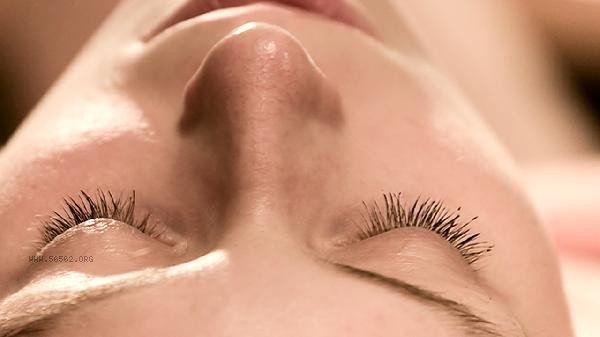
before shaving. After shaving, it is recommended to wear pure cotton clothes to reduce friction. The pillowcase should be replaced every 2 days. Adding zinc rich seafood and nuts to the diet can promote skin repair. Avoid high temperature and humidity activities such as swimming and sauna for two weeks to prevent pore expansion and infection. If there is persistent itching, flaking and other abnormal conditions, it is necessary to promptly go to the dermatology department for diagnosis of contact dermatitis or fungal infection. Daily maintenance of skin stability can be achieved through cold compress and moisturizing, and normal skin condition can usually be restored within 3-5 days.

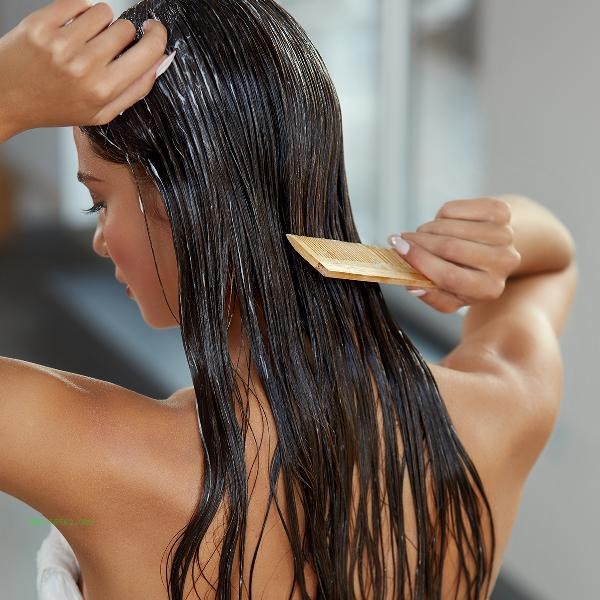
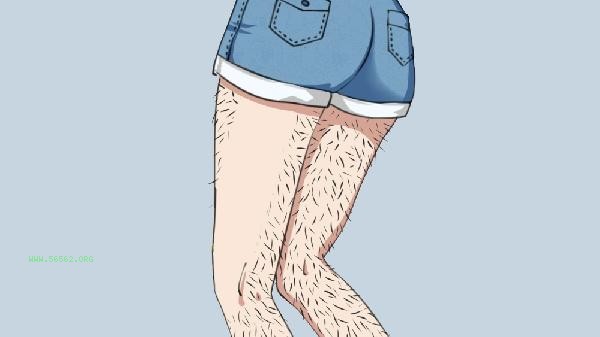

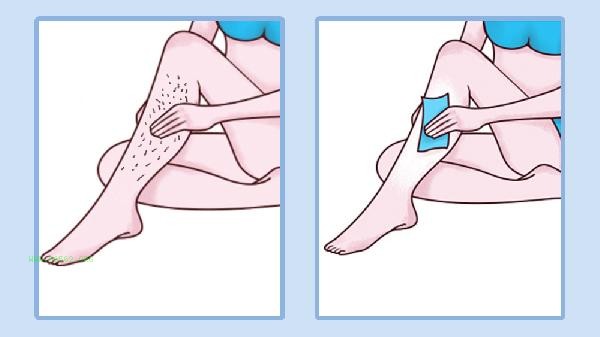
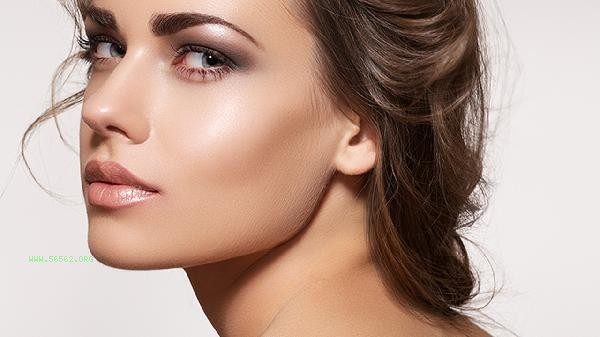


Comments (0)
Leave a Comment
No comments yet
Be the first to share your thoughts!